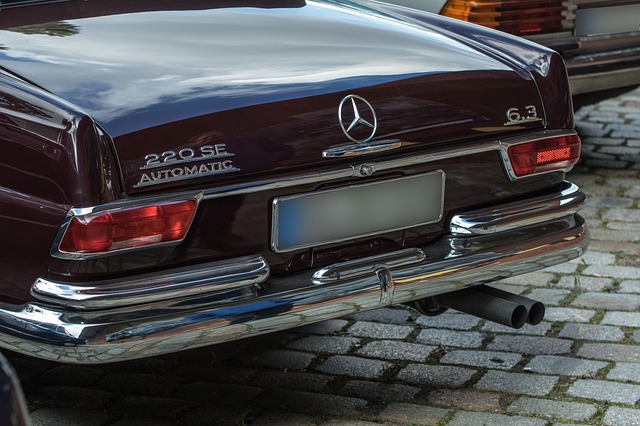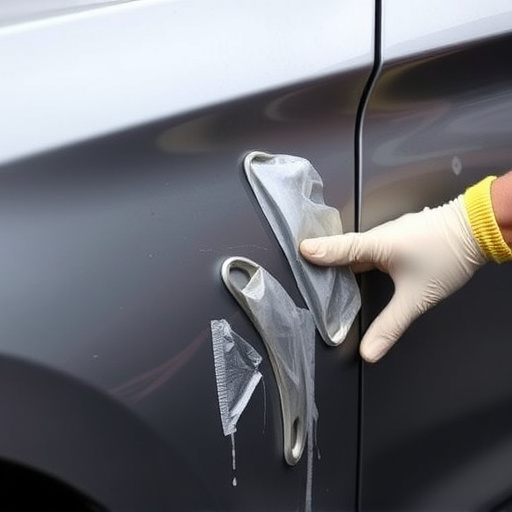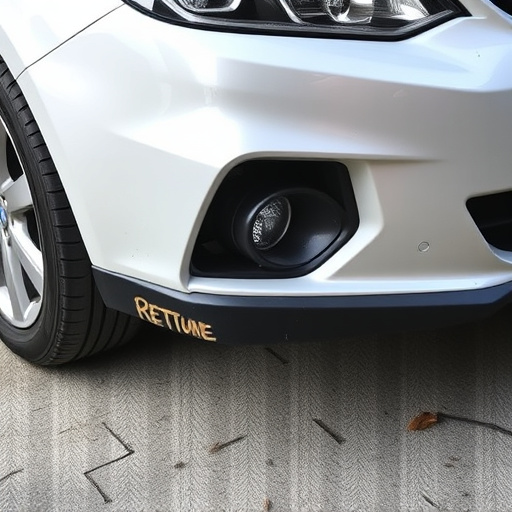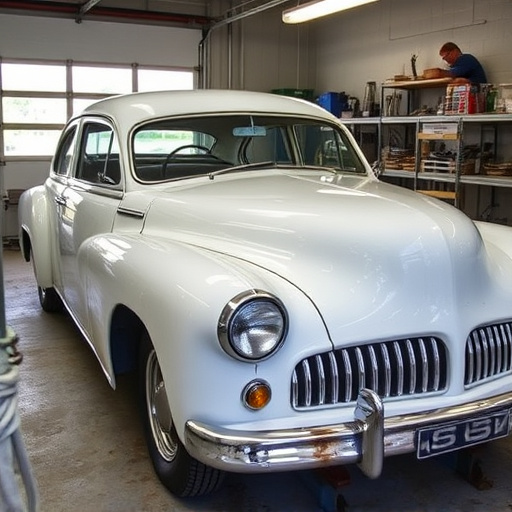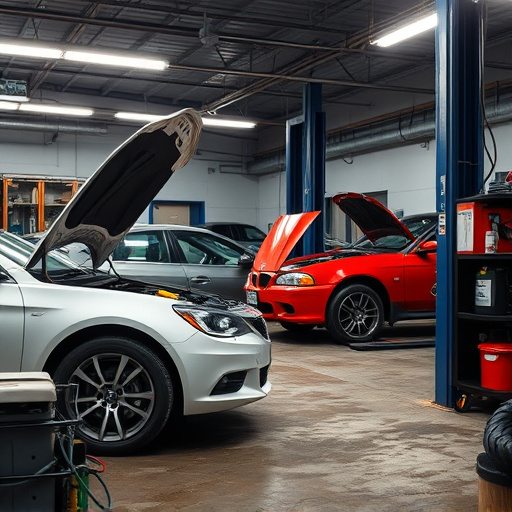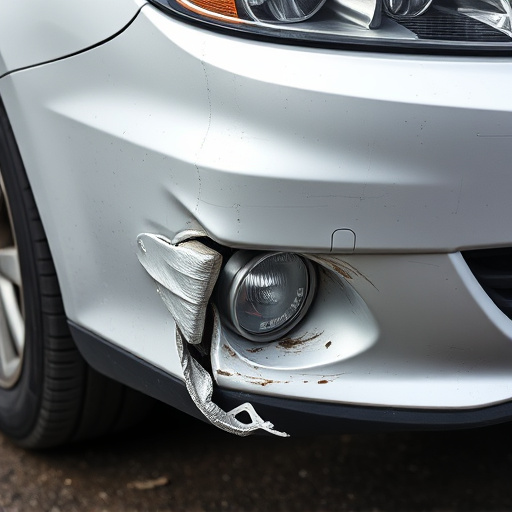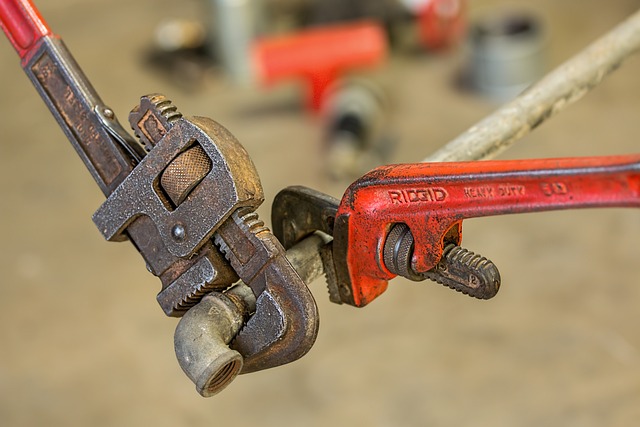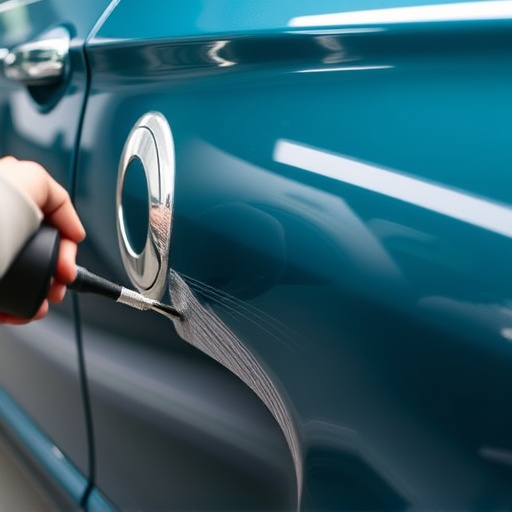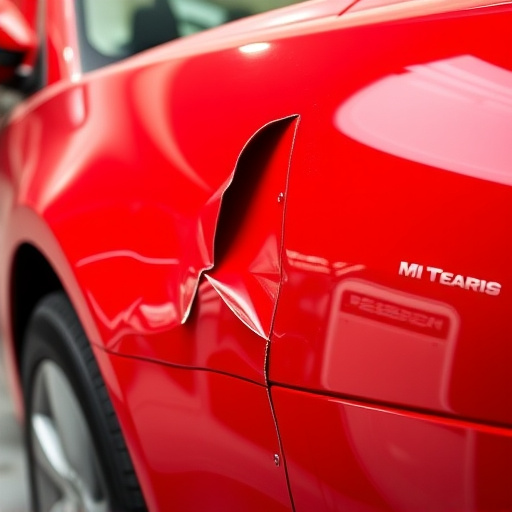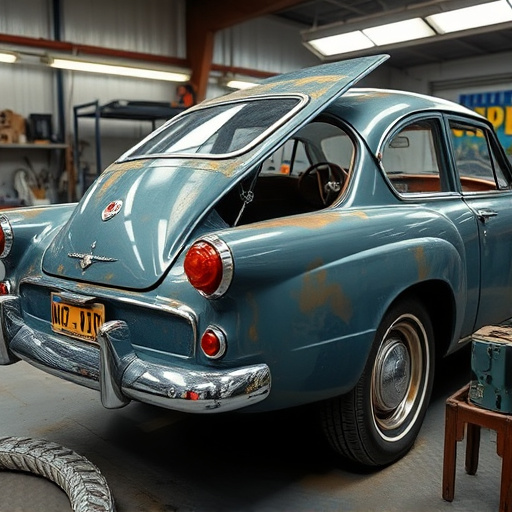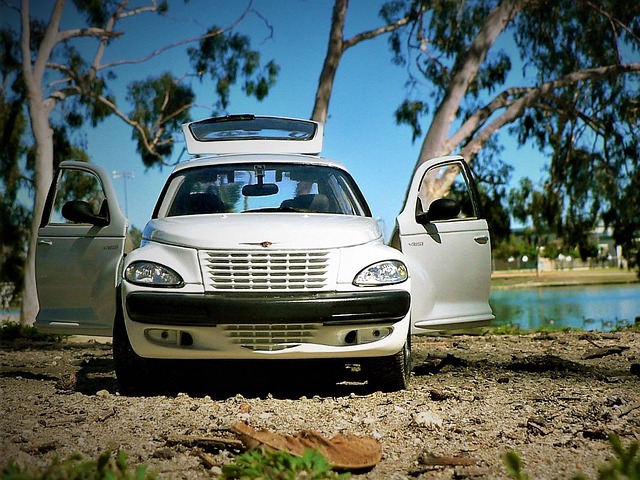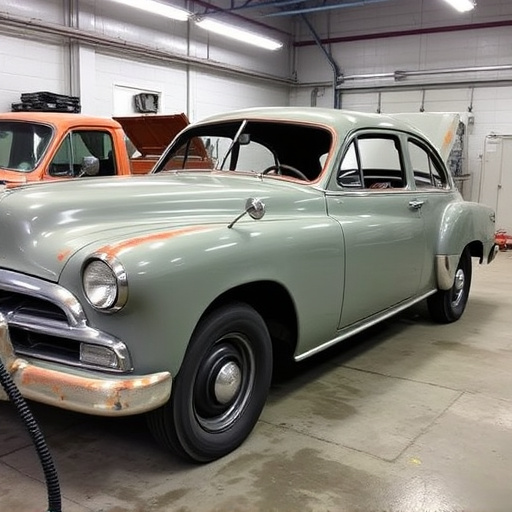Auto body collision repair shops are adopting eco-friendly practices to reduce waste, carbon emissions, and resource depletion while lowering costs. Using recycled and bio-based materials, advanced technologies, and green initiatives like efficient lighting and water recycling, these centers contribute to a greener future, ensuring minimal environmental impact from car accidents. Sustainable waste management and eco-friendly products are revolutionizing the industry, with leading shops repurposing waste and minimizing air pollution during repair processes.
In the realm of auto body collision repair, environmental stewardship is no longer an afterthought but a key consideration. As eco-conscious consumers demand sustainable practices, collision centers are embracing greener methods to minimize their ecological footprint. This article explores the growing trend of eco-friendly auto body repair, delving into best practices, waste management strategies, and innovative solutions that promise a cleaner, more sustainable future for both industry and planet.
- Understanding Eco-Friendly Auto Body Repair Practices
- Key Environmental Measures in Collision Centers
- Sustainable Solutions for Auto Body Waste Management
Understanding Eco-Friendly Auto Body Repair Practices
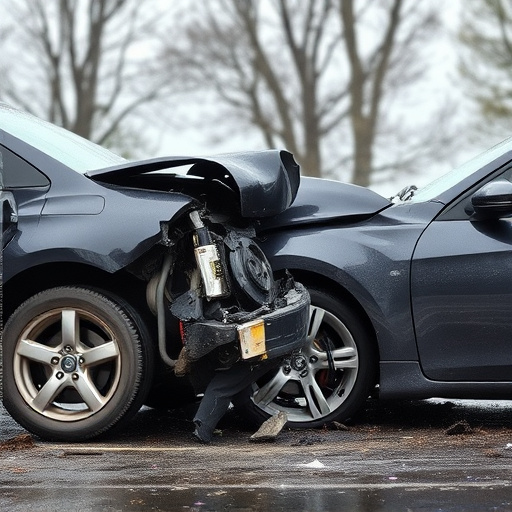
In the realm of auto body collision repair, adopting eco-friendly practices is no longer an option but a necessity. These practices aim to minimize the environmental impact associated with car crash repairs by promoting sustainability and resource conservation. One key aspect involves using environmentally friendly materials for replacement parts, such as recycled metal and bio-based plastics, which reduce waste and lower carbon emissions. Additionally, car body shops are embracing advanced technologies that enable more precise repairs, lessening the need for excessive patching or replacement of undamaged components, thus saving valuable resources.
Many auto body collision repair shops are also implementing green initiatives in their operations, such as efficient lighting systems, water recycling programs, and reduced use of hazardous chemicals. These measures not only benefit the environment but can lead to cost savings for businesses and consumers alike. By prioritizing eco-friendly practices, car collision repair services contribute to a more sustainable future, ensuring that fender benders and other minor incidents don’t leave a significant carbon footprint.
Key Environmental Measures in Collision Centers

Collision centers play a crucial role in implementing sustainable practices to minimize their environmental impact. Key measures include efficient waste management systems that separate and recycle materials like metals, plastics, and glass from damaged vehicles. Many auto body collision repair shops now embrace the circular economy by repurposing and recycling these materials, reducing the need for new resources.
Additionally, these facilities are adopting eco-friendly cleaning products and solvents to decrease air pollution and water contamination. In the case of mercedes benz repair or classic car restoration, where precision and quality are paramount, using low-VOC (Volatile Organic Compound) paints and coatings not only ensures superior finishes but also aligns with environmental stewardship. Car repair services that prioritize these measures contribute significantly to a greener future, demonstrating their commitment to sustainability in every aspect of their operations.
Sustainable Solutions for Auto Body Waste Management
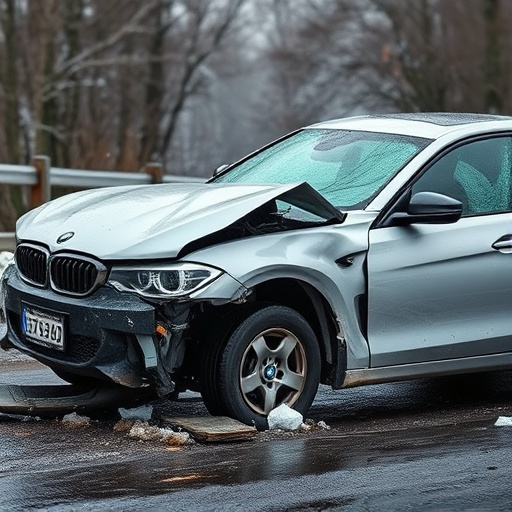
In the realm of auto body collision repair, sustainable waste management is a game-changer that contributes to a greener future. The industry has traditionally struggled with the environmental impact of its processes, particularly regarding the disposal of hazardous materials and automotive waste. However, there’s a growing trend towards adopting eco-friendly solutions. One effective approach is implementing comprehensive recycling programs for metal scraps, plastics, and glass from damaged vehicles. Many leading collision repair shops are now equipped with state-of-the-art recycling facilities, ensuring that a significant portion of auto body waste is repurposed rather than sent to landfills.
Moreover, sustainable practices extend to the use of environmentally friendly materials in vehicle paint repair and restoration processes. Low-VOC (volatile organic compound) paints and solvents reduce air pollution, while water-based coatings further minimize environmental harm. As these eco-conscious methods gain traction within the industry, not only do they help reduce the carbon footprint of auto body collision repair, but they also contribute to a healthier environment for both workers and surrounding communities. These sustainable solutions are transforming vehicle repair services into a more responsible and environmentally friendly sector.
Auto body collision repair shops are evolving to embrace eco-friendly practices, adopting sustainable solutions that go beyond traditional methods. By implementing key environmental measures and focusing on efficient waste management, these centers can significantly reduce their ecological footprint. Understanding the importance of these practices ensures a greener future for both the industry and the planet, fostering a harmonious relationship between vehicle restoration and environmental conservation.



